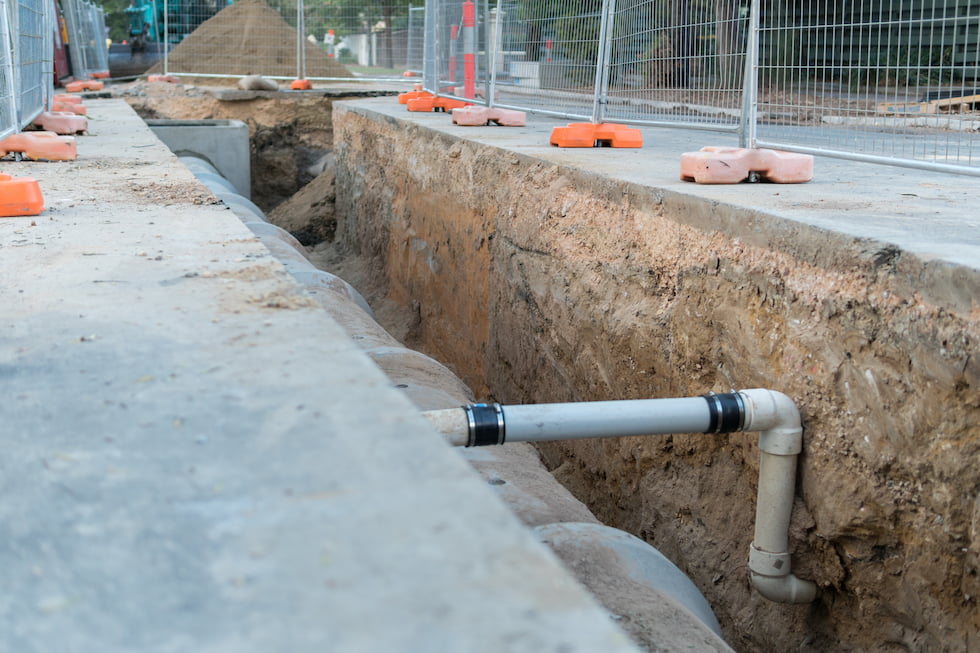
The ACEC Research Institute recently released a five-year engineering industry forecast report. Some of the major highlights include
- 1 in 33 Americans owes their job to engineering
- Every $1 in engineering revenue contributes $1.55 to U.S. gross domestic product (GDP)
- For each new job created in the engineering and design services industry, two more are generated in sectors that support or benefit from their operations.
- Tax contributions could cover the costs of 262,000 police officers; pay the cost to educate more than 3 million U.S. public schools students; or cover the salaries of 645,000 U.S. public school teachers
The FAST (Fixing America’s Surface Transportation) Act is set to expire later this year and there are talks of an impending infrastructure package coming soon from the Biden administration, according to ACEC.
According to ACEC Research Institute Chair John Carrato of Alfred Benesch & Company: “Like many parts of the economy, the engineering sector has been negatively affected by the COVID-induced downturn. Based on the federal government’s own numbers, the engineering and design sector’s revenue declined by 7% in 2020, and the ACEC Research Institute’s newly released 2021-2025 Engineering Industry Forecast projects another 4% decline in 2021 before recovery begins to kick in during the second half of the year.
The industry will grow modestly (3% annually) from 2022-2024, primarily due to pandemic-related stimulus spending, but then will tail off slightly in 2025.”
Carrato noted that the Paycheck Protection Program was needed to lessen the blow of an economy facing a downward trend, and that “it is so important for Congress to take action to ensure that our industry can keep this vital assistance.”
“While these economic projections are not particularly encouraging, they are also not definitive,” Carrato added. “Congress and the administration could take steps that would dramatically improve the outlook and set the nation on the path to recovery and growth.”
Carrato said that the most significant step to recovery would be to pass a “robust infrastructure agenda this year, and the principal driver for that agenda will be legislation to reauthorize and significantly expand federal programs to support surface transportation projects authorized by the FAST Act, which will expire at the end of September.
“Congress made progress towards this goal last year but needed to pass a year-long extension when time ran out,” Carrato said. “The Biden administration now has the opportunity to create a new surface transportation program that is significant in scope and transformative in vision, one that allows for innovative solutions to improve and expand the system while incorporating sustainability and resiliency against the growing effects of climate change.”
Read more from the ACEC report here.

